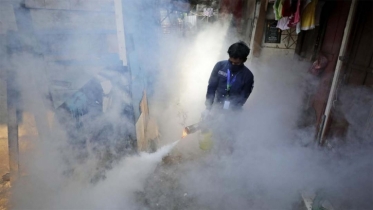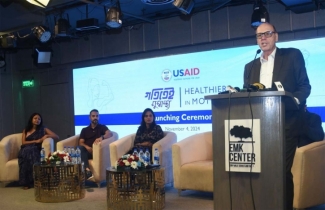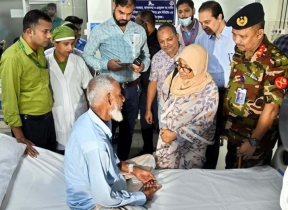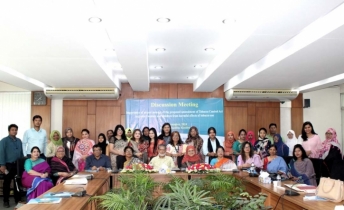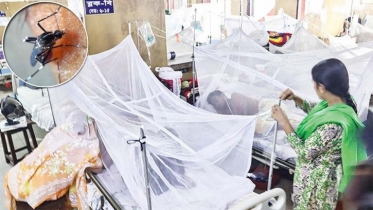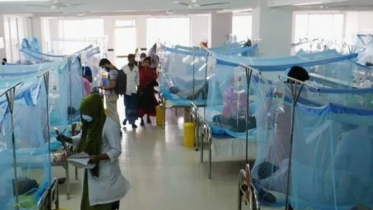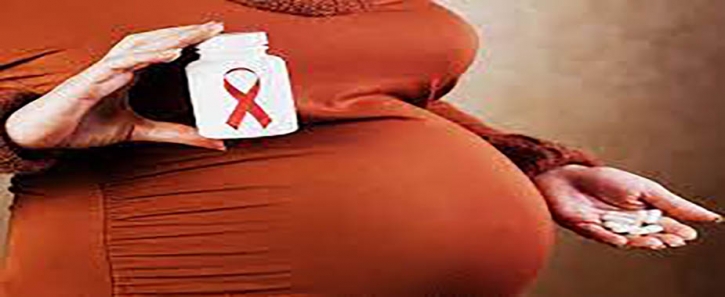
Md. Akhtaruzzaman, Senior Manager of AIDS/STD Programme of the Directorate General of Health Services (DGHS) has said that the Bangladesh has achieved more than 95% success in giving birth to safe babies by HIV-positive mothers.
95% of Bangladeshi mothers in treatment for HIV give birth to HIV-negative babies Since 2013, Bangladesh had been providing free treatment to HIV-positive mothers under the Preventing Mother-to-Child Transmission programme: HIV infected mothers give birth to HIV-negative babies in Bangladesh.
"My baby boy is now around two years and eight months. He tested HIV-negative after his birth and he is now healthy," said Aklima* of Bogura district, who was diagnosed HIV-positive around five years ago. "My boy has already completed all routine immunisation," she added.
For years, Aklima has been taking regular treatment at the ART (antiretroviral therapy) Centre of Bangabandhu Sheikh Mujib Medical University (BSMMU) in Dhaka city. The drugs have successfully suppressed her viral load, keeping her well. And, along with other life-saving protocols, that has prevented the transmission of HIV from her to her son during pregnancy and birth.
Bangladesh is trying to head that problem off at the first opportunity. Since 2013, Bangladesh's national AIDS/STD Programme has been providing life-saving treatment totally free to HIV-positive pregnant women under a Prevention of Mother-to-Child Transmission (PMTCT) programme.
The programme's traction has grown over the years, with World Bank data showing that 36% of pregnant, HIV-positive women were reached with ART in 2021.
The effects are plain. In 2022, a total of 74,491 pregnant women came under HIV testing under the PMTCT programme across the country. Twenty-two new HIV-positive pregnant women were detected at ART centres. 25 babies were born to HIV-positive women that year, and of those 25 babies, 24 were born HIV-negative. Only one was detected as HIV-positive.
Data from the Directorate General of Health Services (DGHS) further revealed that so far 238 HIV-positive mothers who took treatment at the ART centres from 2013 to 2022 gave birth to 224 HIV-negative babies. Only 14 newborns tested HIV-positive during this time.
Md. Akhtaruzzaman said, Rahima was one of the first HIV-positive women in Bangladesh to give birth to a healthy child after being treated at the ART centre in BSMMU. That baby is now 11 years old, she said, and studying in a local school.
According to Akhtaruzzaman, ART centres have been set up in 11 hospitals including in the BSMMU, across the country, though three centres suspended activities temporarily for last few months.
Dr. Md. Mahafuzer Rahman Sarker, Line Director (TB-L & ASP) of the DGHS, said the government has planned to expand the activities of the PMTCT programme to more areas to ensure the birth of healthy children from the HIV-positive mothers.
"More ART centres will be set up in areas where the HIV/AIDS prevalence is comparatively high," the DGHS official added.
Prof Dr Begum Nasrin, chairman of Department of Obstetrics & Gynecology at the BSMMU, said the HIV-positive pregnant women are put on a triple antiretroviral (ARV) drug protocol. "The HIV-positive women take the ARV drug regularly and are given same medical care as the negative pregnant women," she said.
"Viral load of the positive pregnant women also will have to be tested after six months of taking the drug to ensure proper medicare," she explained.
According to Directorate General of Health Services (DGHS), in Bangladesh the first HIV case was detected in 1989. HIV prevalence remains less than 0.01% among general population. The estimated number of people living with HIV in Bangladesh is 14,513. Some 947 new cases were detected in 2022, and 232 people have died with the disease.

